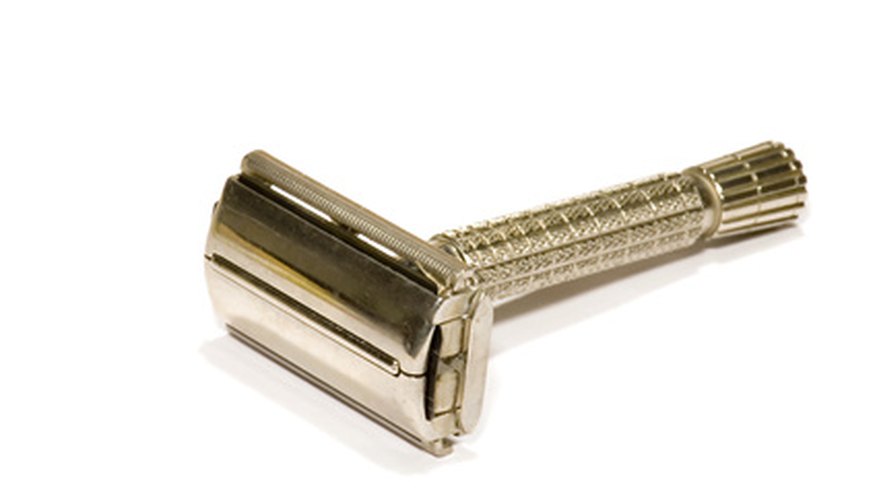Shaving rash, or pseudofolliculitis barbae, is a skin condition that can appear in any area where shaving is used to remove hair. Shaving rash is not only unsightly, especially when located on the face, but it can be painful and itchy, with a burning sensation. Shaving rash can be caused by an infection in the hair follicles, or from ingrown hairs that cause inflammation in the skin.
- Shaving rash, or pseudofolliculitis barbae, is a skin condition that can appear in any area where shaving is used to remove hair.
- Shaving rash is not only unsightly, especially when located on the face, but it can be painful and itchy, with a burning sensation.
Stop shaving your face until the rash heals. If you continue to shave the rash area, it could lead to further irritation and infection.
Wash your face twice each day with a mild, antiseptic soap and warm water.
Gently rub aloe vera gel on the shaving rash. Aloe vera has soothing, anti-inflammatory qualities that can help reduce burning and redness.
Add 1/4 cup of water and 3 drops of tea tree oil to a small, clean vial or bottle. Shake well. Dab the mixture onto the shaving rash. Tea tree oil is a natural antiseptic that contains antibacterial and anti-fungal properties.
- Add 1/4 cup of water and 3 drops of tea tree oil to a small, clean vial or bottle.
Mix 5 drops of lavender essential oil, 5 drops of sandalwood essential oil and 1/4 tsp of vegetable glycerine in a small, clean vial or bottle. Shake well. Apply the mixture directly to the rash.
Massage calendula cream onto the shaving rash. The calendula plant has natural anti-inflammatory and antiviral qualities.
TIP
Try switching to an electric razor because it won't cut as close to the face as blades. Never shave your face dry. Allow the shaving cream to remain on your face for a few minutes to allow it to penetrate and soften the hair and skin. Always shave in the direction the hair grows. Use an alcohol-free aftershave lotion. Purchase lotions that contain soothing ingredients, such as moisturiser, propylene glycol and menthol.
WARNING
Seek medical attention if the shaving rash doesn't show signs of clearing-up.
